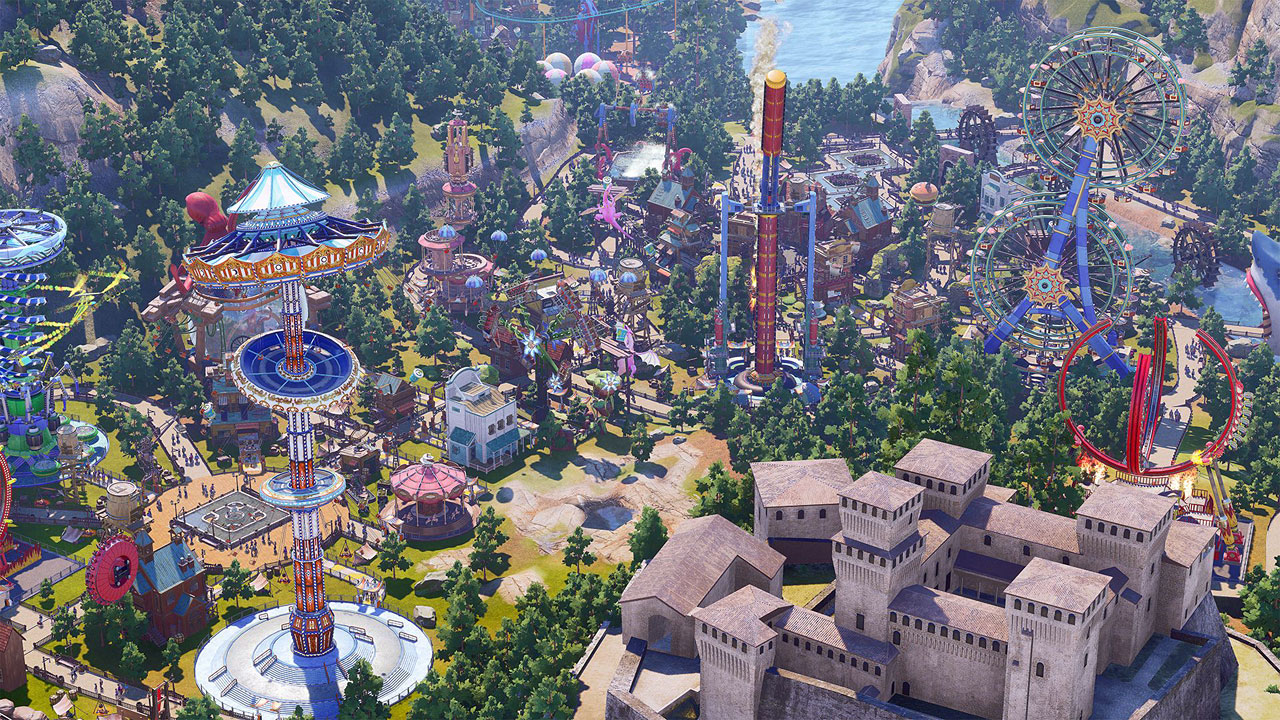

The caves led to an ancient abandoned city built by the enigmatic D'ni civilization. According to the game's fictional history, archeologists found an entrance to a vast cave system in the 1980s near a volcano in New Mexico. Unlike previous games in the series, Uru 's story mixes fictional plot elements with real-world events. Uru takes place many years after the events of Myst IV: Revelation. Neighborhood Ages were analogous to an invite-only party, and City Ages provided places for players to congregate IGN called the Age "a giant lounge". The personal Age provided links to other Ages, which were unlocked by solving puzzles in prerequisite worlds. In previews of the multiplayer component, there were three distinct types of Ages. Players would be able to chat in real time and cooperate in specially-designed puzzles.

Initially branded Uru Live, the multiplayer portion was designed to allow two or more players to work together to overcome obstacles or complete puzzles. Uru was originally to ship with a massively multiplayer online component, which was delayed and never integrated into the retail release. Players may collect Relto pages, which offer cosmetic customization to the player's personal Age-for example, making it rain or adding a waterfall. Aspects of the D'ni civilization such as social structure, marriage, and how Ages came about are also imparted as players progress through the Ages. ĭuring the course of the game, players uncover clues about the D'ni, an ancient civilization, and the archeological group dedicated to learning more about them, the D'ni Restoration Council. The personal Age serves as a hub in Uru, containing a bookshelf with linking books to Ages players have explored, as well as avatar customization options and game information. For example, falling off a cliff sends characters back to Relto. As in previous Myst games, player characters cannot die. These cloths serve as save points in lieu of a game-saving option characters are transported to the last cloth they touched when they restart.

The main objective of the game is to explore and restore power to other Ages players must also find seven "journey cloths". Players also receive a special linking book, a volume that serves as a portal to a personal world or Age, known as Relto.
Park beyond multiplayer skin#
Different skin tones, facial features, clothing, and hairstyles are available for customizing these player representations. Players create their own avatars when beginning the game. The onscreen interface is minimal, having no health meters, maps, or compasses to distract from exploration. Players in Uru can neither pick up objects nor carry an inventory of items puzzle items must be pushed or kicked into place. Players navigate Ages from the third-person perspective, but can switch to the first-person view for closer inspection of clues and objects. Gameplay can be viewed from first- and third-person perspectives, a departure from other Myst titles. Uru: Ages Beyond Myst is a puzzle-adventure game that takes place in worlds known as Ages. Uru is a departure from previous Myst games in that it takes place from a third-person view and uses real-time rendering in contrast to pre-rendered environments. The game was a critical and commercial disappointment for Cyan, causing the company financial troubles nevertheless, it has attracted a cult following. Compared to previous games in the series, which had sold millions of units, Uru 's sales were considered disappointing. Critics admired the visuals and new features of the game but criticized the lack of multiplayer in the retail version and clunky controls. Uru was not as well received as previous Myst titles.

Park beyond multiplayer for free#
GameTap passed the rights to Uru Live back to Cyan, who re-launched the game for free in 2010. The online video game service GameTap released the multiplayer portion of Uru as Myst Online: Uru Live in February 2007, but the service was canceled again the following year due to a lack of subscribers. Uru was initially conceived as a multiplayer game the single-player portion was released, but the multiplayer component, Uru Live, was delayed and eventually canceled. Uru required five years and $12 million to complete. Players use their avatars to explore the abandoned city of an ancient race known as the D'ni, uncover story clues and solve puzzles.Ĭyan began developing Uru shortly after completing Riven in 1997, leaving future Myst sequels to be produced by third-party developers. Departing from previous games of the franchise, Uru takes place in the modern era and allows players to customize their onscreen avatars. Released in 2003, the title is the fourth game in the Myst canon. Uru: Ages Beyond Myst is an adventure video game developed by Cyan Worlds and published by Ubisoft. Adventure, puzzle, massively multiplayer online game


 0 kommentar(er)
0 kommentar(er)
